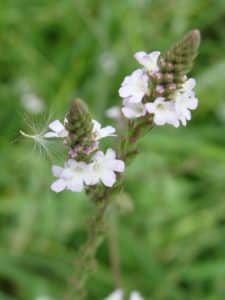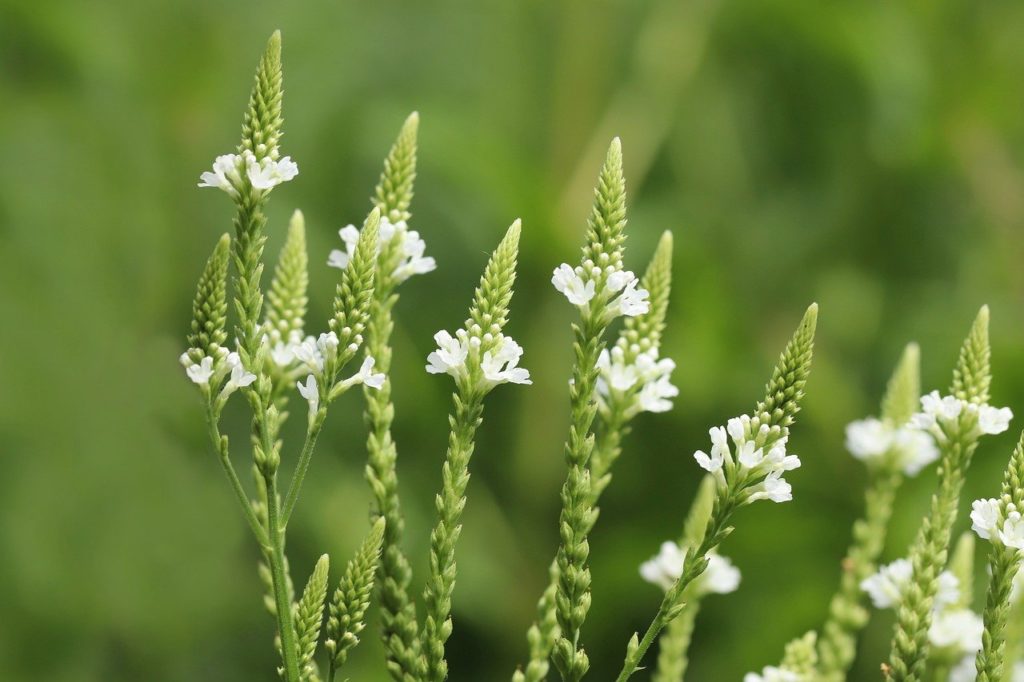Verbena officinalis
Residence in Bulgaria:
It grows in grassy places, in meadows and riverside terraces, and also as a weed in trench crops.
Description:
A perennial herb with a branched stem up to 1 m high. The leaves are opposite. The flowers are pale pink or light purple. The calyx and corolla are five-parted. The fruit is dry. Blooms in May-September
Usable parts:
The flowering tops of the stem are used, which are cut off about 20 cm from the top.
Collection time:
May-September
Composition of the herb:
Glycosides, bitter substances, alkaloids, tannins, carotene, essential oil, minerals...
Therapeutic effect:
Colds, rheumatism, neuralgia, headache, cholecystopathy, kidney stones, periodontal disease festering wounds, sexual weakness, nervous and physical fatigue, exhaustion, lethargy,anemia, liver diseases, irregular menstruation
In Ayurvedic medicine is used as a contraceptive.
Studies of the plant prove that the herb has potential as an antioxidant, in neurological and endocrine problems.
Usage:
General strengthening and antipyretic.
Ways of use:
externally: gargling in inflammatory processes in the oral cavity and throat bad breath,compresses or baths for skin rashes, burns, hard-to-heal wounds.
2 teaspoons of the herb are brewed with 300 ml. boiling water, let stand for 1 hour, drink 100 ml before meals, 3 times a day.
Bulgarian traditional usage:
Verbena is believed to stimulate the release of milk. Folk legends say that the village verbena Jesus' wounds were healed after he was taken down from the cross. This herb is also believed to ward off vampires.'
Not to be used by pregnant and lactating women!
Avoid in children.
Do not use for a long time!
Name in English: Verbena
Name in German: Eisenkraut
Name in German: Verveine


